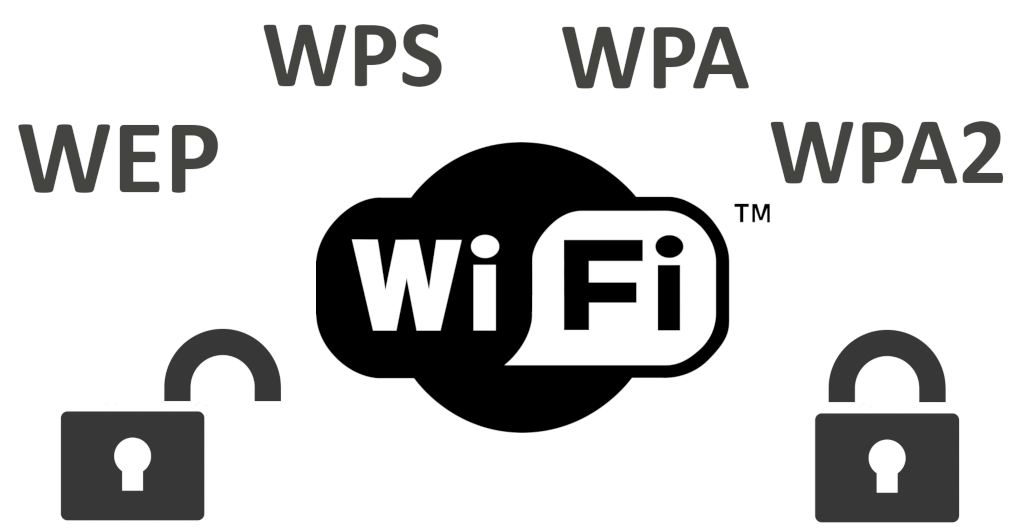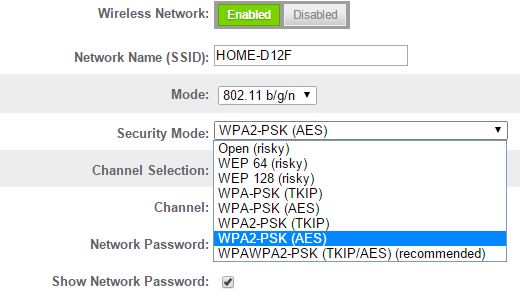WEP, WPA, or WPA2: What Security Type Does Your WI-FI Need?

The wireless internet has developed exponentially in the last decades. What's more, with it, remote or wireless security has extended and advanced on numerous occasions.
Today, internet security has never been more significant. Our lives occur in the palms of our hands and at the dash of our fingertips. We communicate, bank, shop, contribute, thus substantially more all from our remote or wireless gadgets.
As we move close to completely digital life, there is an ever-increasing number of chances for cybercrime and extortion. Individual or personal data is inserted in about all that we do on the web, and that data can be left helpless against assaults if not made secured appropriately.
There are a few distinct kinds of wireless security, yet how would you realize which is the best for your internet? Here's a summary of what you get from each.
Wired Equivalent Privacy (WEP)
Wired Equivalent Privacy, also called WEP, was probably the oldest type of wireless internet security. The motivation behind WEP was to offer indistinguishable securities from a wired connection, subsequently the name "Wired Equivalent."
In any event, in the late '90s, WEP didn't offer solid and strong security, yet it was unbelievably well known all through the whole world. Today, WEP is as yet the principal kind of security listed on switch router selection menus. US limitations on cryptographic advancements during the 90's constrained most makers to make devices with 64-bit encryption. As innovation advanced and 256-bit encryption opened up, practically all device despite everything working at 128-bit encryption is as yet one of the most widely recognized forms today.
WEP was embraced as the security standard in 1999, however by 2001 different provisos and security imperfections were effectively controlled by even unobtrusive programmers and hackers. WEP was formally resigned as the security standard in 2004 by the Wi-Fi union.

Also Read : Ways to Make your Smartphone More Secure and Protect from Hackers
Wi-Fi protected access (WPA)
WPA was the security type adopted in light of WEP being resigned. The most widely recognized WPA, WPA-PSK (Pre-Shared Key), utilizes 256-bit encryption, a significant security help over the 64/128-bit WEP.
WPA likewise included integrity checks between the access point and customer, to guarantee every single key packets going through started from the client and not a non-approved source.
Tragically, much like WEP, WPA was before long demonstrated to be generally easily exploited ad abused, and its wireless security highlights worked around decently basically. WPA is as yet a superior alternative than WEP, however, with the consistent development of innovation, it experiences some basic security imperfections. see: What Is "64 Bit Encryption"?

Also Read: Internet Basic: How to Setup Wi-Fi Network in your Home?
Wi-Fi Protected Access 2 (WPA2)
WPA2 replaces its predecessor, WPA, in 2006 as the essential and standard wireless security protocol. One of the greatest enhancements in WPA2 is the compulsory utilization of Advanced Encryption Standard, or AES, encryption algorithms.
WAP2 additionally presented Counter Cipher Mode with Block Chaining Message Authentication Code Protocol—CCMP for short—as an overhaul for the Temporal Key Integrity Protocol utilized in unique WPA conventions.
The security dangers of any known WPA2 framework weaknesses are really thin. The dangers that are available are essentially connected to significant level enterprise networks or arranges and do not need much bother with much thought for home system security.
WPA2 is an incredible choice to set up a safe home wireless connection. As the best security and encryption protocol. WPA2 covers numerous ordinary security bases. It is in every case best to consistently investigate your security alternatives and to stay updated on internet security protocols.
WPA3 will be a forefront security system. and will be here in the near future. Make certain to keep you and your family's data protected and secure with a solid and confided in wireless security arrangement.
Related Posts

Mon, Nov 24, 2025 9:38 PM
cable dealStreaming vs. Cable: Which TV Service Truly Delivers the Better Experience?
Explore the complete comparison of streaming vs cable TV. Learn the pros, cons, costs, and performance differences to decide which service fits your lifestyle.

Mon, Nov 24, 2025 5:05 PM
cheap internet plansCost of Internet in a New Home: What Every Mover Should Know
Discover the real cost of internet in a new home, including hidden fees, rural options, and budget-friendly plans for families.

Fri, Nov 21, 2025 7:39 AM
Internet BundlesTop Internet Providers for Small Businesses Today
Discover the top internet providers for small businesses, including Verizon, AT&T, Spectrum, Comcast, and Viasat. Compare speeds, features, pricing, and reliability to find the best connection for your business.

Fri, Nov 21, 2025 4:00 AM
Internet BundlesBest Rural Internet Providers in the US: What to Know Before You Choose
We have schedules, rates, and pricing for the top three big internet providers in rural America. Since few internet providers create networks in small towns, your internet choices in rural areas are minimal. In rural America, however, Xfinity, CenturyLink, and Viasat all provide internet access.

Wed, Nov 19, 2025 10:57 PM
Broadband InstallationHow to Set Up T-Mobile 5G Home Internet
Learn how to set up T-Mobile 5G Home Internet with a step-by-step guide. Includes placement tips, activation steps, speed testing, and troubleshooting advice.